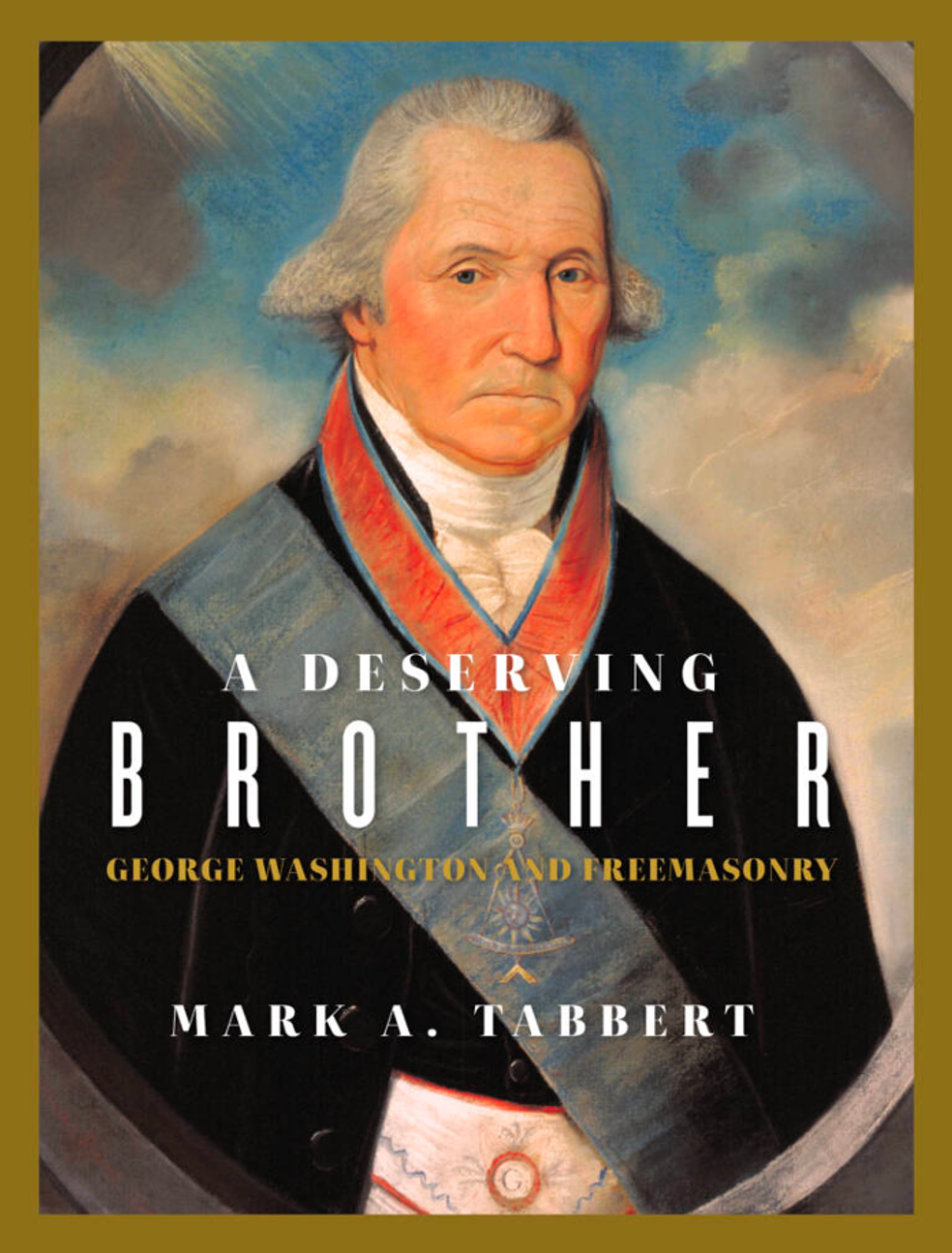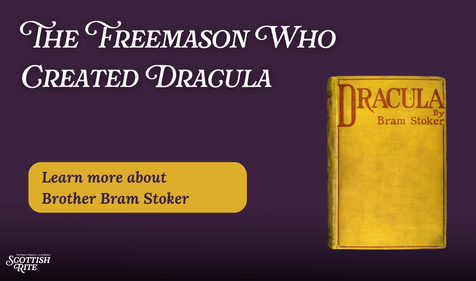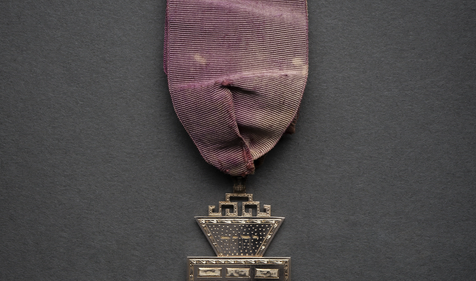Historian and author Brother Mark Tabbert, 33°, discusses his new book “A Deserving Brother: George Washington and Freemasonry” and shares his expert perspective on Scottish Rite Freemasonry and George Washington’s Masonic life.
Brother Mark Tabbert, 33°, is a dedicated Freemason and serves as the Director of Collections at the George Washington Masonic National Memorial. Recently, he published a new book, A Deserving Brother: George Washington and Freemasonry, in which he details Brother Washington’s Masonic life and legacy. We sat down with Brother Tabbert to get his expert perspective on George Washington’s relationship to Freemasonry, as well as discuss the significance and evolution of American Freemasonry.
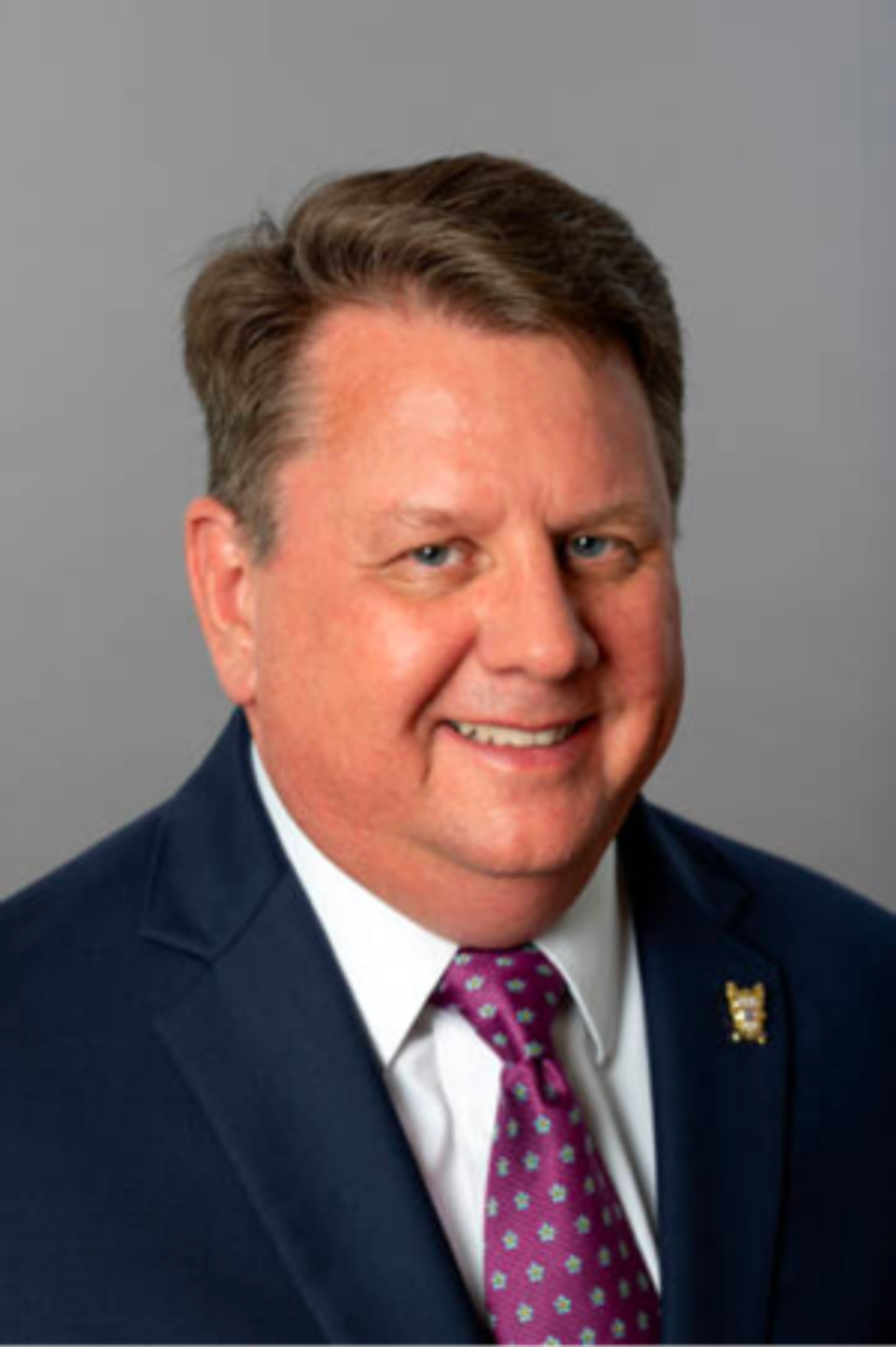
When did you first hear of Freemasonry and what motivated you to join?
I first became aware of Freemasonry in 1993 when I was working at the Historical Society of Western Pennsylvania in Pittsburgh and discovered the history of fraternalism in America. I started researching fraternalism and Freemasonry when I was in Graduate School at Duquesne University and, in 1995, did an internship at the Scottish Rite Masonic Museum & Library.
I joined Freemasonry because I was a historian and was interested in how Freemasonry and fraternal organizations helped develop a nation filled with immigrants and migrants. I also joined because dear friends of mine, who were like parents to me, were active in Freemasonry and the Eastern Star in Iowa, so I did it as a way to honor them.
You’re a member of many different lodges and branches of Freemasonry. In your opinion, how does the Scottish Rite enhance a Mason’s Masonic experience?
Scottish Rite has an important role in Freemasonry. Besides its intellectual and philosophical lessons, it broadens the opportunity for men to join the Fraternity beyond the local level. Men not only come together in chapters, councils, Consistories and Lodges of Perfection- they also work together to perform the degrees and engage in social activities.
Instead of just focusing on the Brothers in your local lodge, the Scottish Rite allows men across a larger geographical area to get to know each other through more complex activities beyond what is done typically in a Blue Lodge or even York Rite bodies.
You have a new book, A Deserving Brother: George Washington and Freemasonry. What motivated you to write about Brother Washington?
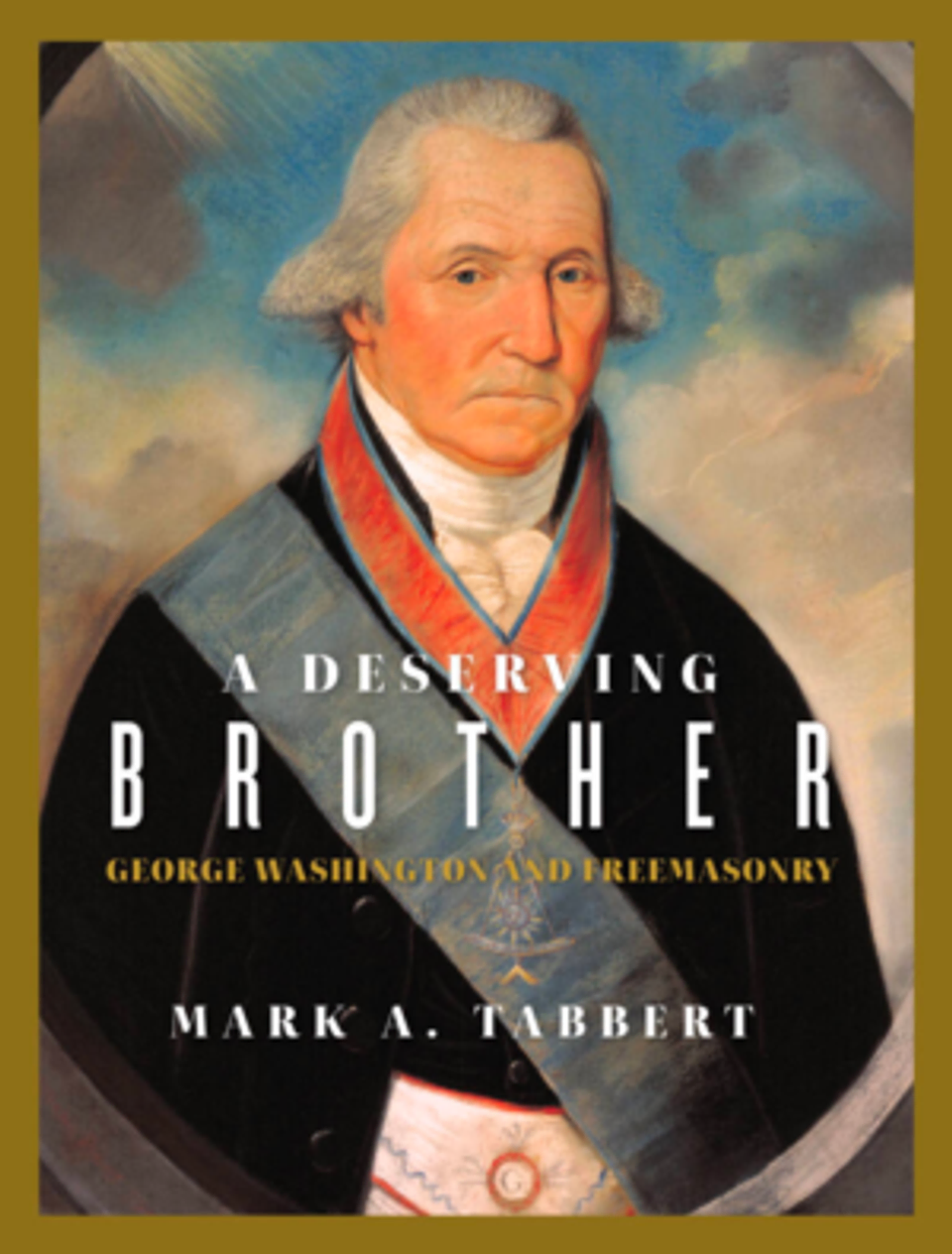
Even after working at the George Washington Masonic National Memorial for several years, I could not easily determine the exact factual record of George Washington's interaction with Freemasonry. We know of a lot of evidence, but there was not one coherent book, or even website, that forcefully and clearly articulated all the evidence together.
In 2013, I complained about this problem to an academic friend of mine who, in turn, suggested that maybe I was the answer to my own problem. Realizing that as a Freemason, and as the curator at the George Washington Masonic National Memorial, it probably was my responsibility to write that book. I slowly, and in some ways begrudgingly, began to write the book and started in earnest in 2015.
What do you hope Masons will take from the book?
I hope that Freemasons will easily have a book to understand that yes, George Washington did join Freemasonry, and did remain a Freemason the rest of his life– from the age of 20 until he died in 1799. He was a member of Fredericksburg Lodge #4.
More importantly, there are two things that we need to understand from the book. First, Washington lived the very virtues that Freemasonry attempts to inculcate in Brothers. He is as close as we can get to a “perfect ashlar.” All the things that are taught in the Blue Lodge and Scottish Rite degrees, Washington exhibited at one time or another in very profound and important ways. By studying his life and his choices that he made, we will learn how to be better men, better Freemasons, and better Americans.
Second, Washington not just exhibited these virtues, but Washington understood Freemasonry to be specifically and directly tied to the relationships between individual men, Brother to Brother, neighbor to neighbor, human being to human being. He read and acquired books on the grand constitutions, the rules and regulations, and the lectures of Freemasonry, but he understood it, as it should be understood – between one individual to another individual.
What do you think readers will be surprised to learn about Brother Washington in your new book?
Many readers will be surprised that George Washington was not more active in the Craft, and that he only attended Lodge maybe eight or nine times in his whole life, including the three times he went to receive the first three Symbolic Lodge degrees. He never presided as a Worshipful Master of any Lodge, though he was elected and is counted as a Past Master of Alexandria Lodge 22 in Virginia.
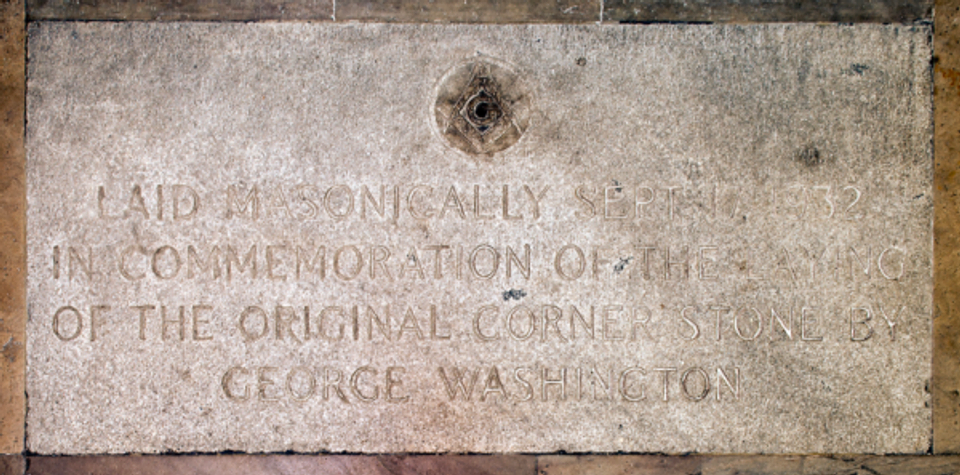
That may be disappointing in some fashion, but, from 1778 until his death in 1799, every year he had some sort of interaction with Freemasonry - whether it be an exchange of letters, attending Masonic functions, or similar activities such as laying the cornerstone of the US Capitol. While he may have been very busy doing important things other than attending live Lodge, memorizing rituals, or presiding at meetings - he did live the virtues of Freemasonry.
How do you think George Washington embodied the Core Values of the Scottish Rite, NMJ?
By close reading and understanding of George Washington's biography it becomes clear that, throughout his whole life, he exhibited nearly every virtue taught within the Scottish Rite degree system. For example, he had a vocational education as a land surveyor. He joined the army and served in combat when he was 23 years old. At age 26, he married a widow and became a stepfather. He was a farmer, he served his church as a vestryman, and he served as a Justice of the Peace. He loved to hunt, fish, play cards, and dance; he had a whole range of occupations that he did forcefully, thoughtfully, and typically moderately.

It is not just studying the great things he did–the battles of the armies he led or the decisions he made as President of the United States–it's the small things that he did that that crafted his character and caused those around him to realize that he was truly the “indispensable man” – the man that could free the American colonies from the British and could preside as the first president of the United states.
If we examine George Washington’s life in the same way we examine the Scottish Rite degrees and the virtues they teach, we can come to understand how they are completely reflective of each other.
What about Freemasonry has changed since George Washington’s time? What has remained the same?
Freemasonry has changed radically since George Washington’s time – as has American Society and culture. In Washington's day, Freemasonry consisted of a few scattered Lodges up and down the East Coast, with 15 or 30 Brothers in each one. At the time of the American Revolution, there were only 100 lodges and, by the time he died in 1799, there were close to 500.
The growth and prosperity of American Society and culture, of course, brings vast numbers of changes and the opportunity for the growth of the York Rite and, later, the Scottish Rite, Shriners, youth orders, Demolay, Rainbow Girls, and Job's Daughters. Through the 19th and into the 20th century, these organizations modified the idea of what Freemasonry was and is.
What has remained the same is the ritual, the dedication to principles, the self-improvement mission of the fraternity to make men better, the idea that we are all human beings, and we have an obligation to take care of each other, and to try to improve our society as we improve ourselves. It is a great comfort that the ritual that Washington received in Fredericksburg lodge in 1752 is quite similar to what is conferred in American Masonic Lodges today.
How did Freemasonry align with George Washington’s vision for the future of America?
Freemasonry aligned very closely with Washington's vision of the new American United States Republic in that he believed there should be a strong central government, but other power should be retained in the state and at the local level. Washington believed in federalism, and Freemasonry was also regulated and kept within the state, therefore it did not offer any challenge to a federal or national government.
In this way, Freemasonry could foster the best men at the local level who would serve their townships and their communities, and then rise by merit to serve their states. As Freemasonry had no national organization but focused their efforts on the individual and local level, this supported the creation of the civic virtues necessary to maintain a Republic and to dissuade the possibility of a tyranny reappearing in American culture.
From all your research and all you’ve learned, is there a central takeaway you want to be sure readers don’t miss?
The primary purpose of the book was to present all the evidence to clearly establish Washington’s membership in and his relationship to Freemasonry throughout his life. But the central takeaway of the book is that Washington, as a good man, lived in the most thoughtful and considerate way possible.
He constantly tried to do the right thing to those around him. The evidence of Washington membership in Freemasonry demonstrates his ability to focus on the individual’s requests and to try to satisfy those requests to the best of his ability thereby serving his God, his country, and his fellow man.
About Brother Mark Tabbert, 33°
Originally from Iowa, Brother Mark Tabbert, 33° has worked in four American history museums, written six books, and been an active Freemason for over twenty years. Since 2006 he has been the Curator at the George Washington Masonic National Memorial in Alexandria, Virginia.
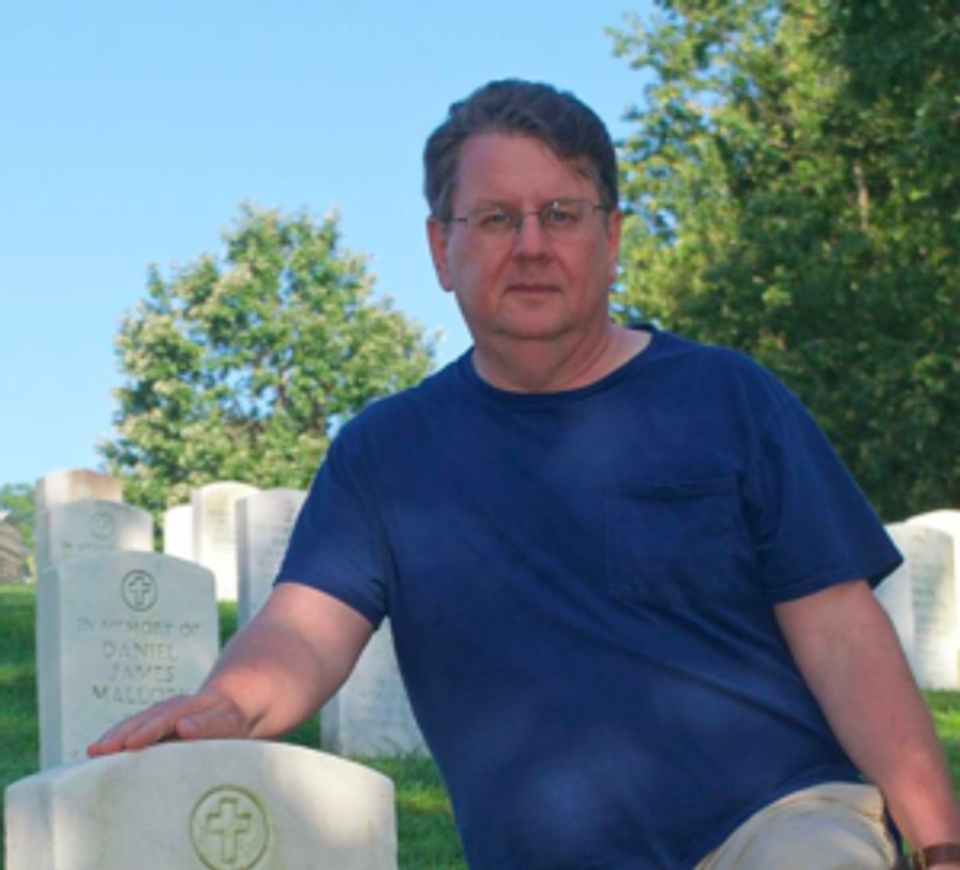
Brother Tabbert was raised in Malta Lodge No. 318 in Burlington, IA in 1998. He is a Past Master of Mystic Valley Lodge in Arlington, MA and the Lodge of Nine Muses No. 1776 in Washington DC. He is a full member of Quatuor Coronati Lodge 2076 in London, a member of the Society of Blue Friars, a Fellow of the Philalethes Society, as well as holds honorary memberships in several American lodges of research.
He has received the York Rite degrees and orders and is a 33° in the Scottish Rite, NMJ. He is a past president of the Masonic Library and Museum Association, a Fellow and past board member of The Masonic Society, and past secretary of the Masonic Restoration Foundation.
You can learn more and purchase Brother Tabbert’s latest book, A Deserving Brother’: George Washington and Freemasonry, on his website.
Related Stories
Discover additional Scottish Rite blogs and news on this topic.
-
The Freemason Who Created Dracula: The Story of Bram Stoker
History
Read More about The Freemason Who Created Dracula: The Story of Bram Stoker
-
A Funny Remembrance: The Life of Illustrious Brother Red Skelton, 33°
History
Read More about A Funny Remembrance: The Life of Illustrious Brother Red Skelton, 33°
-
A Past Grand High Priest Jewel Made for Albert Gallatin Mackey
History
Read More about A Past Grand High Priest Jewel Made for Albert Gallatin Mackey
